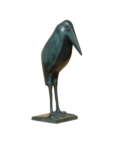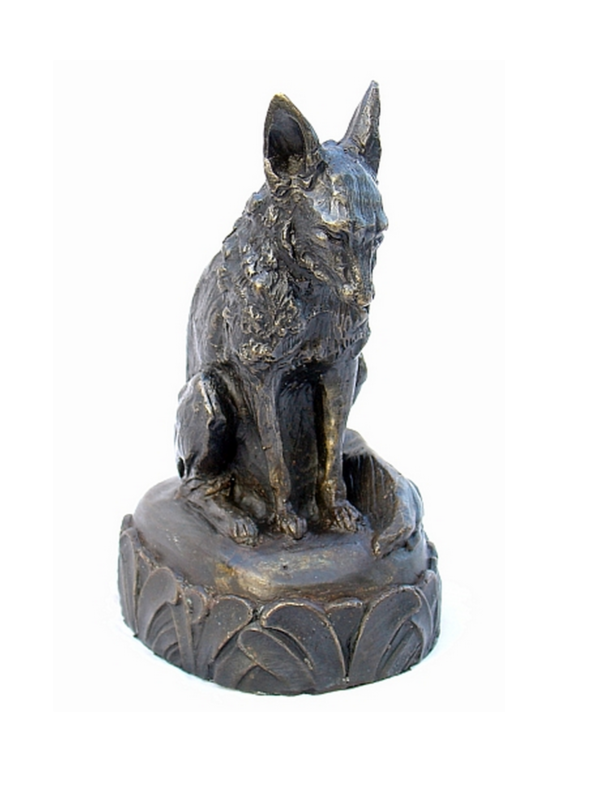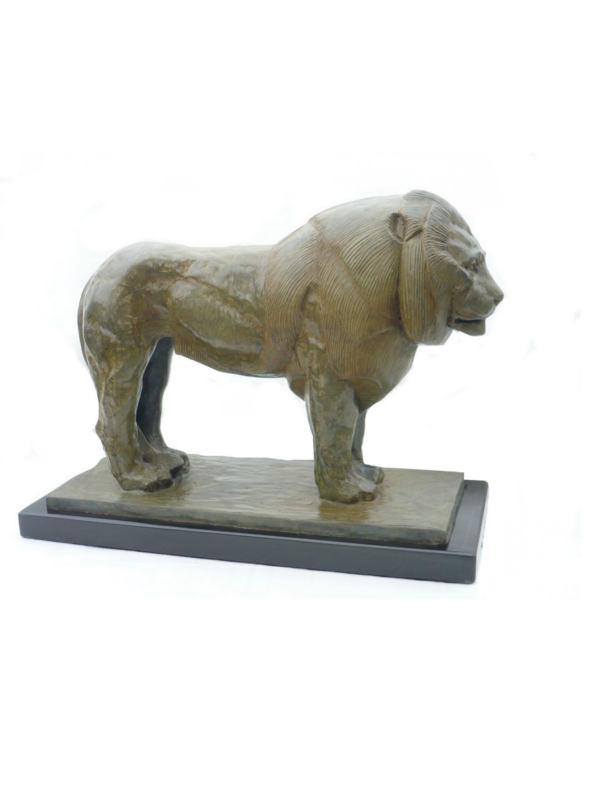Description
Born in 1855 in Saulieu in French Burgundy to a cabinetmaker father, François Pompon learned the basics of sculpture from the age of 15 with a marble worker in Dijon, then in Paris, where he also took evening classes, from the National School of Decorative Arts.
While seeking his own style, he became, at the turn of the century, workshop manager of the great Auguste Rodin, then of Camille Claudel. In 1905, his choice of the simplification of forms became final, as well as the smoothing of surfaces, until obtaining the consecration with two of his masterpieces: the “Grand Ours Blanc” and the “Marabout”, successfully presented at the 1922 Salon d’Automne.
In 1931, Pompon formed the group of Twelve, bringing together disciples such as Artus, Hilbert, Paul Jouve, and Auguste Trémont. When he died two years later, he left behind a totally innovative work, which brought animal sculpture into the era of modernity.
François Pompon’s most famous sculpture, the Polar Bear brought him late but resounding success at the 1922 Salon. The economy of means gave an iconic presence to the work which found its strength on a monumental scale. Subsequently produced in different sizes and materials, it is a perfect illustration of the style that triumphed in the 1920s.


























